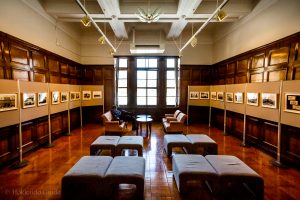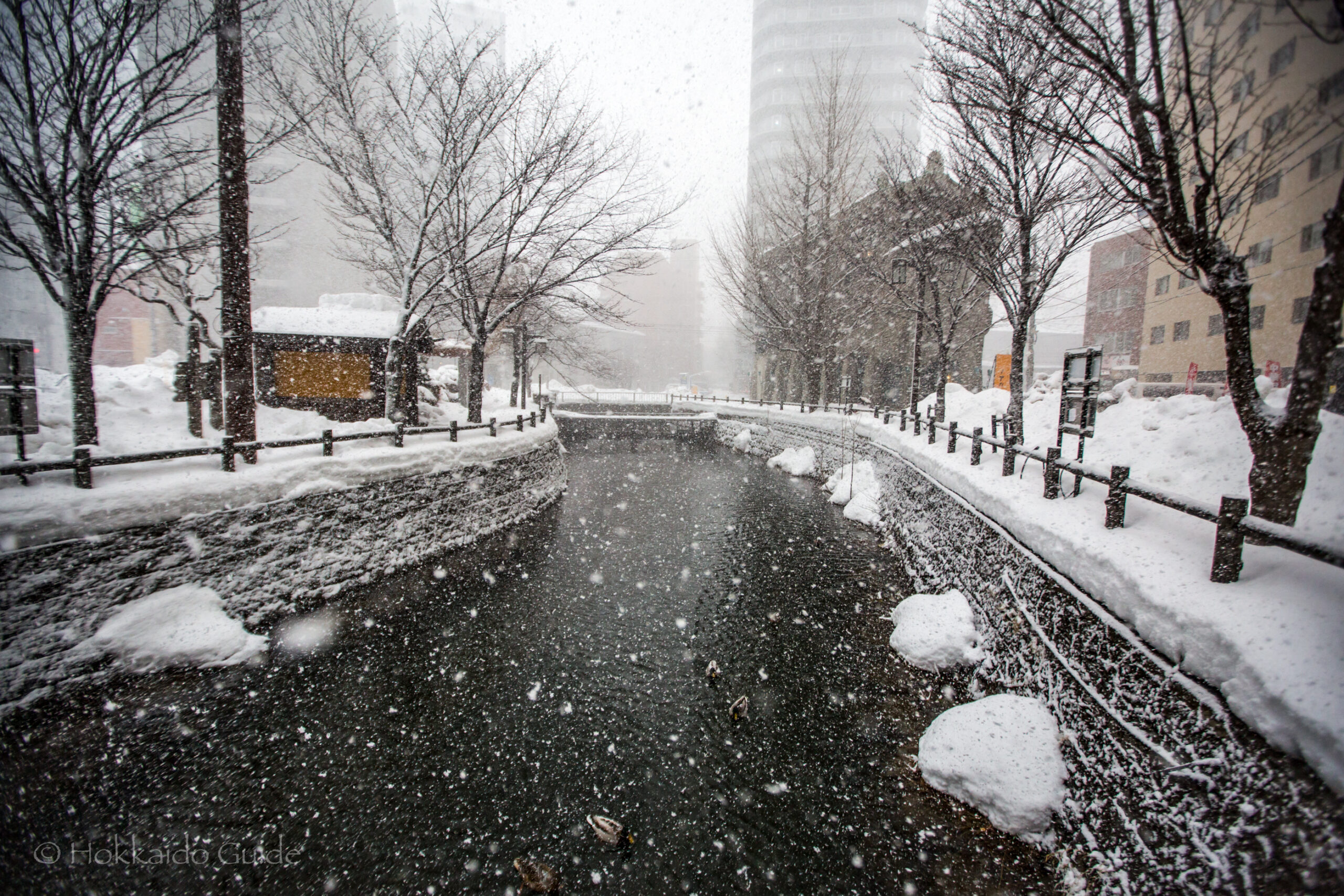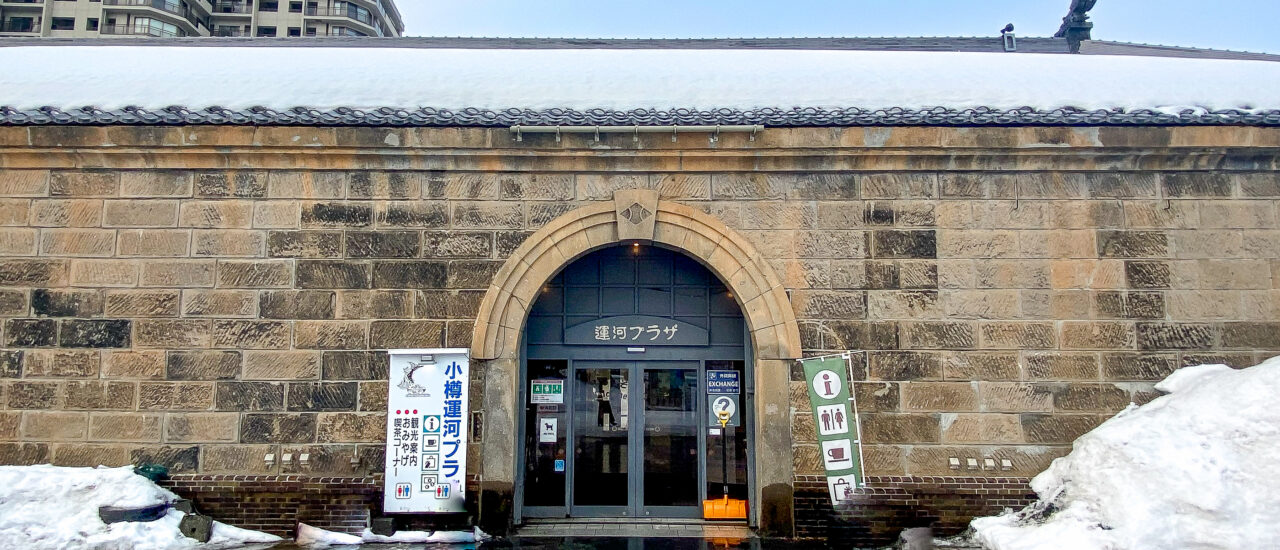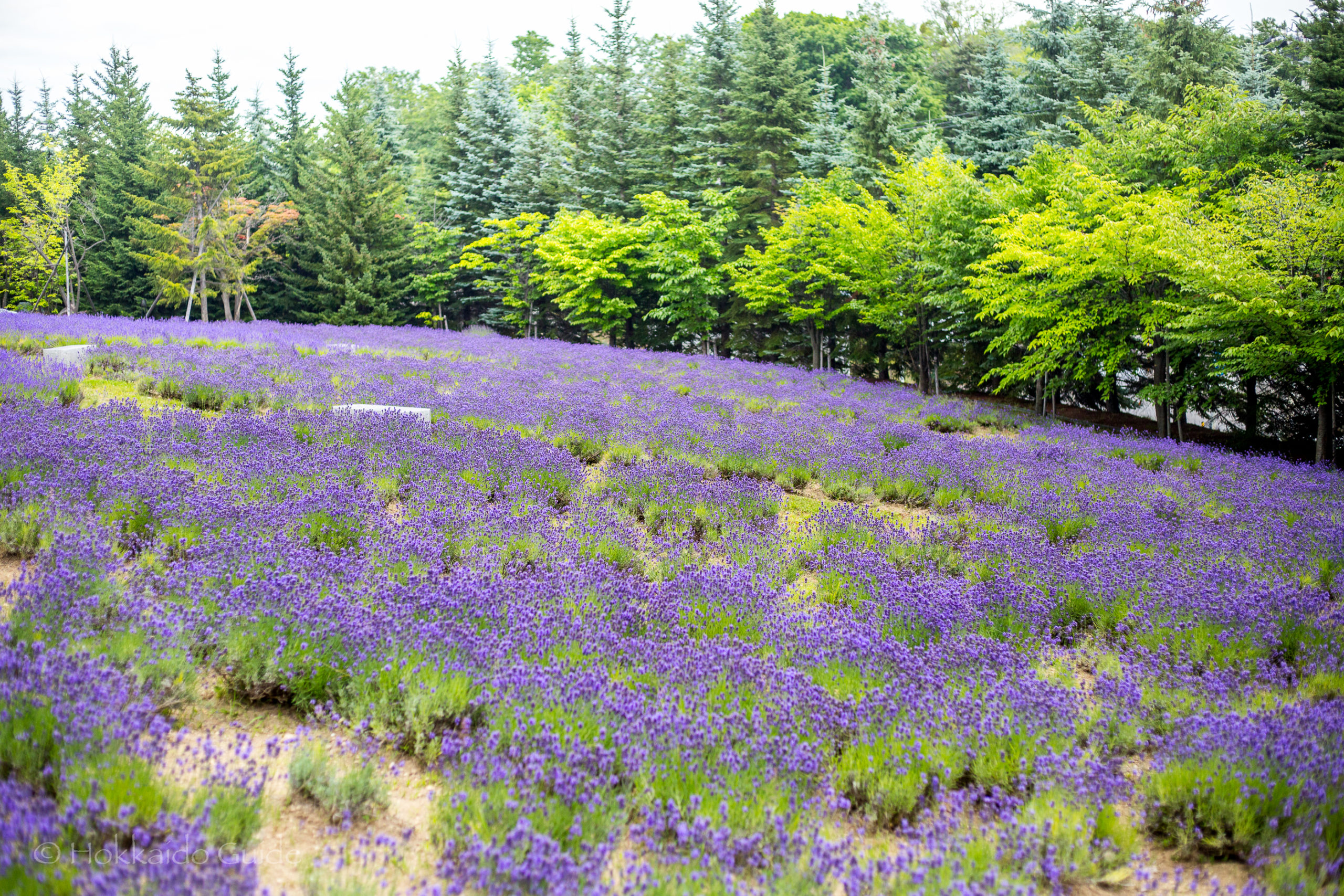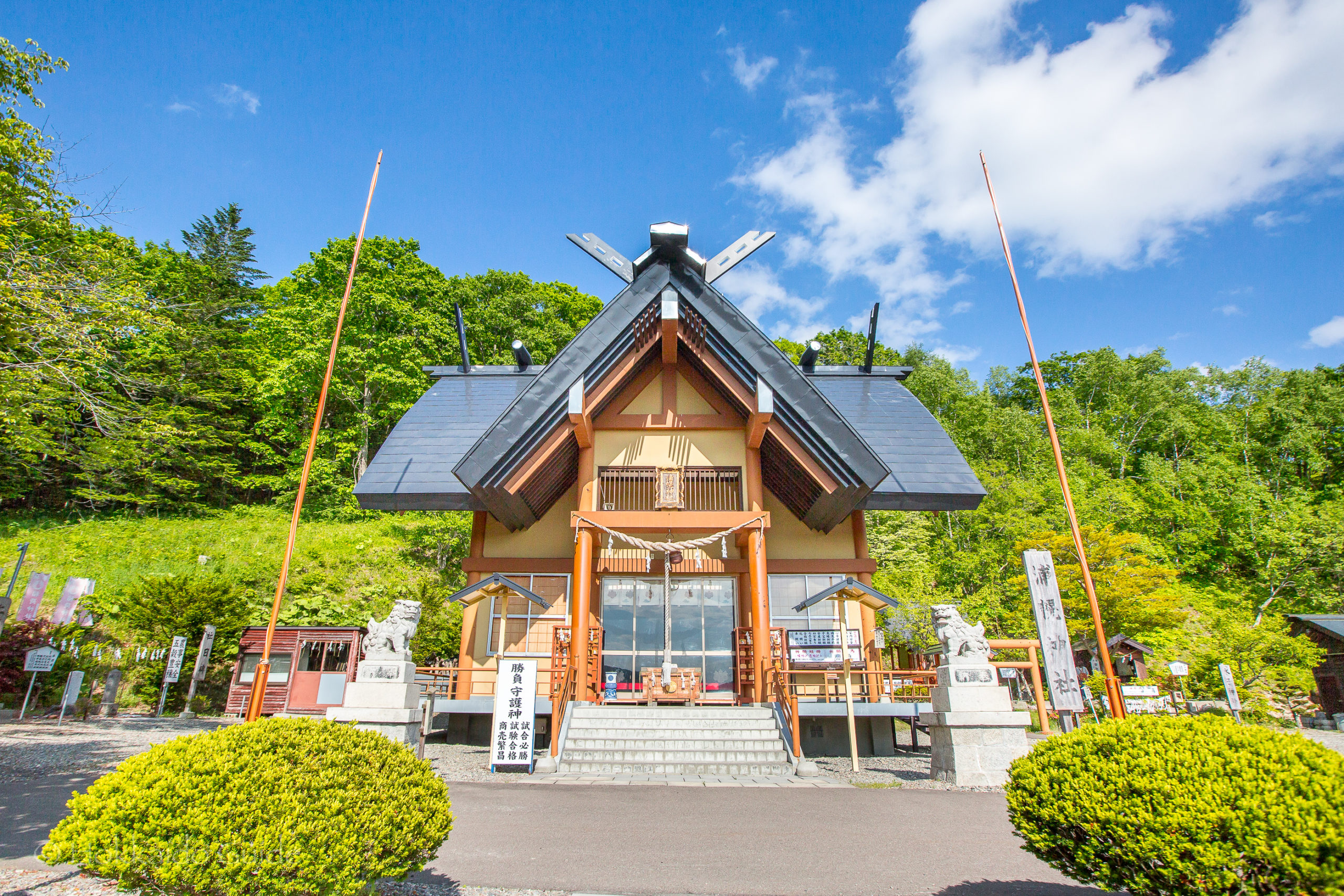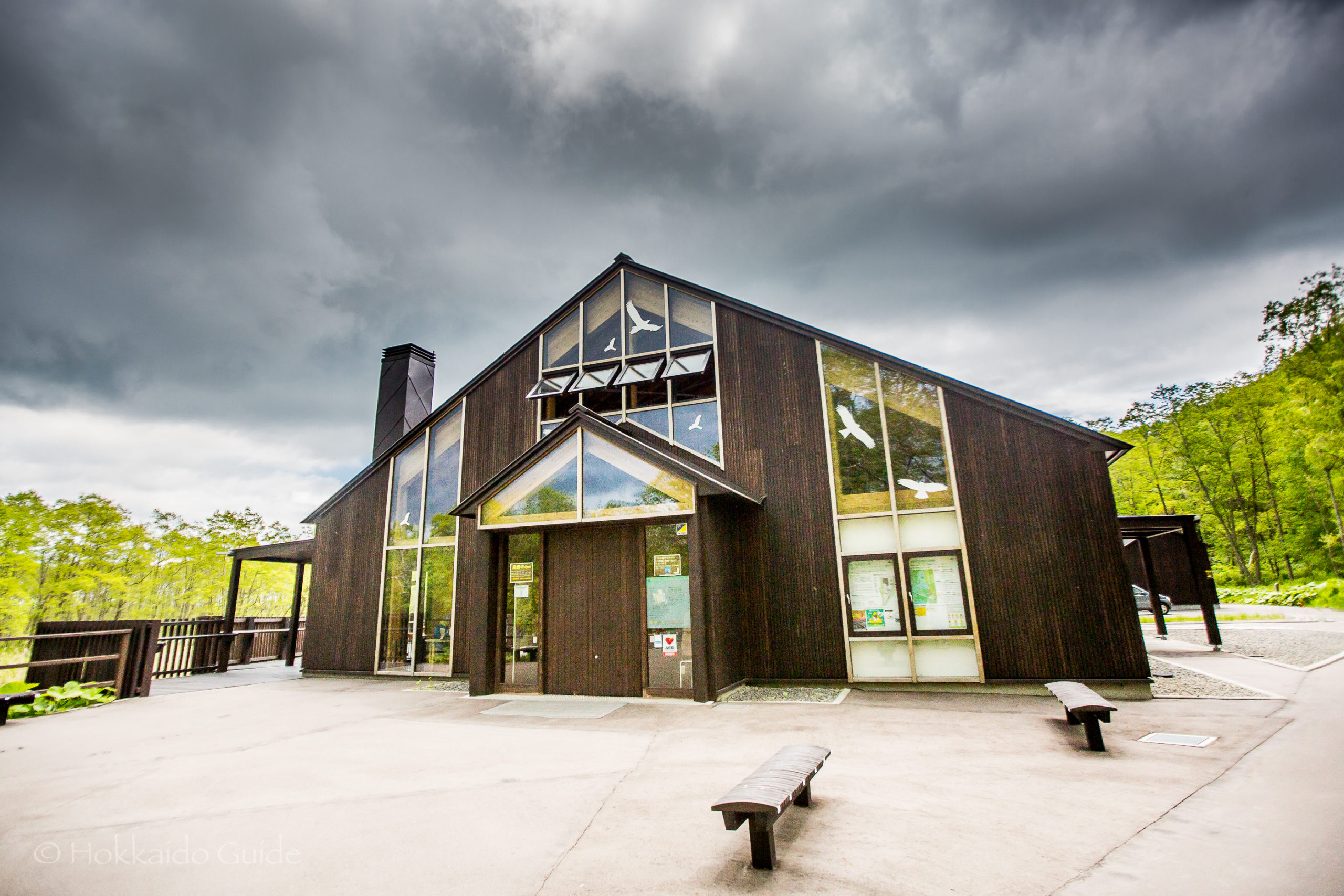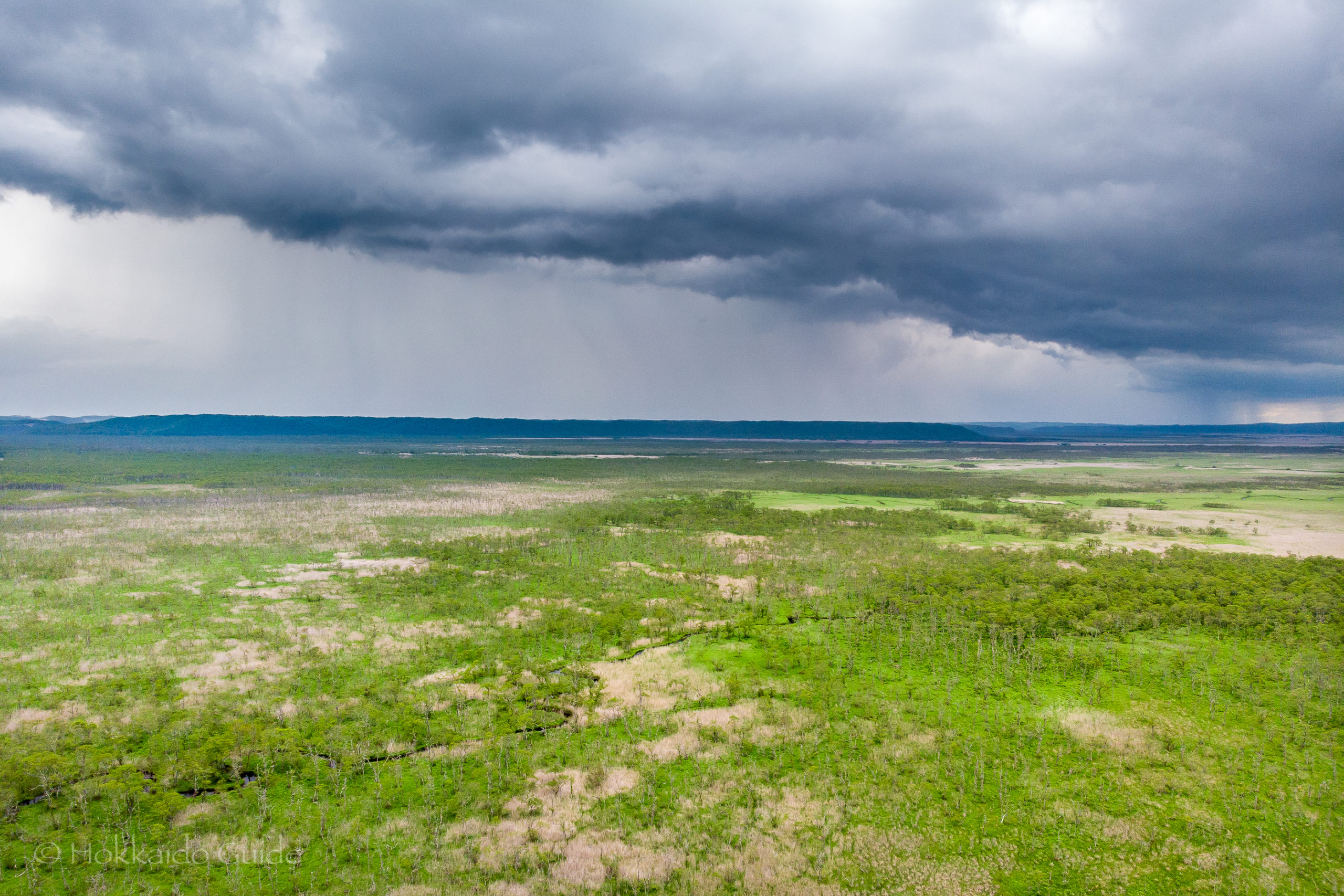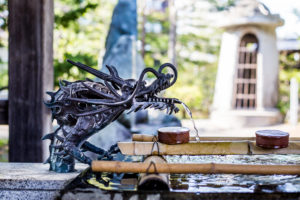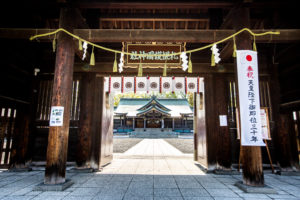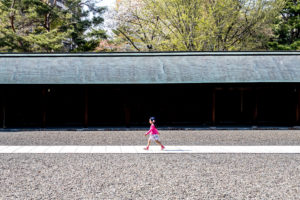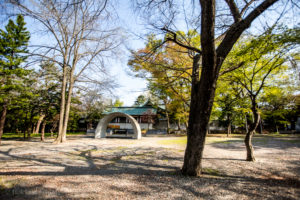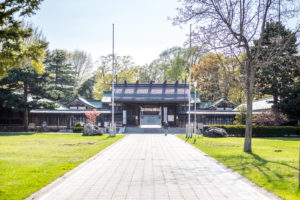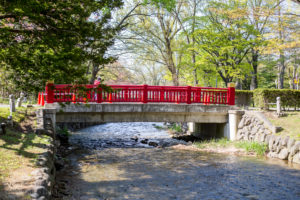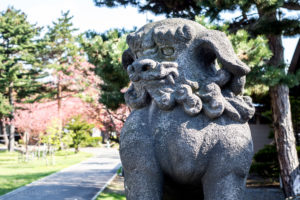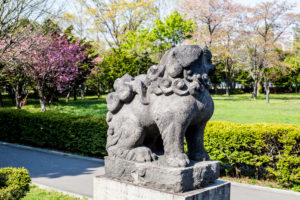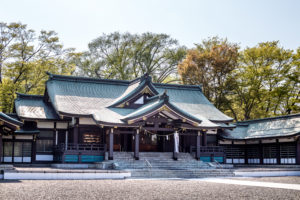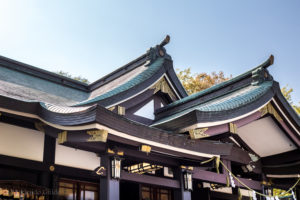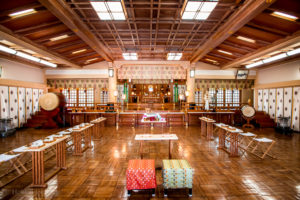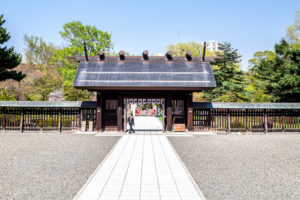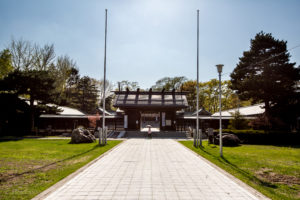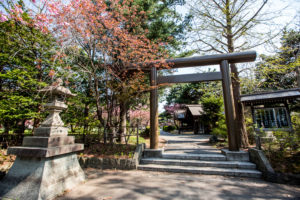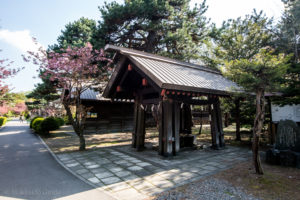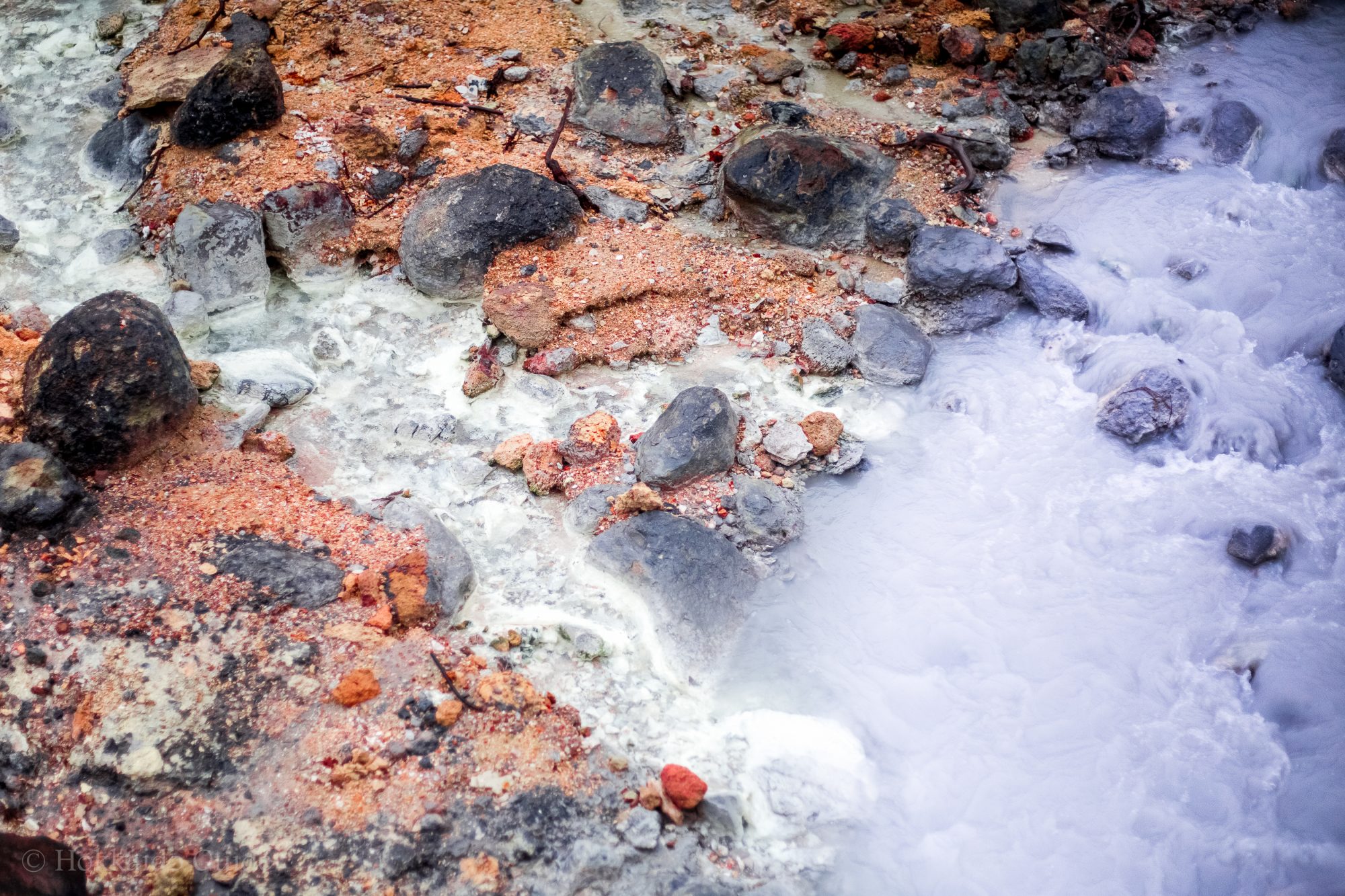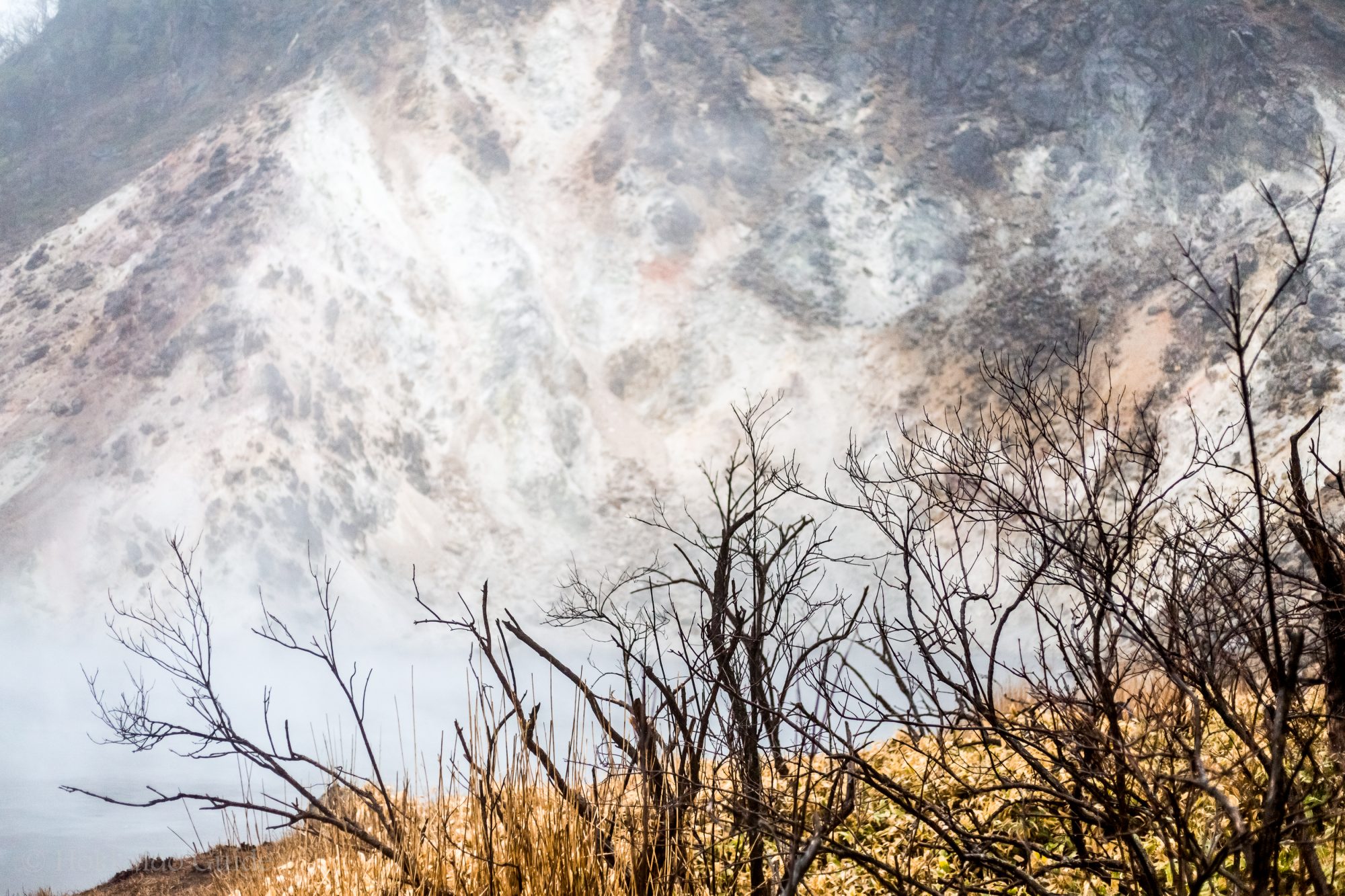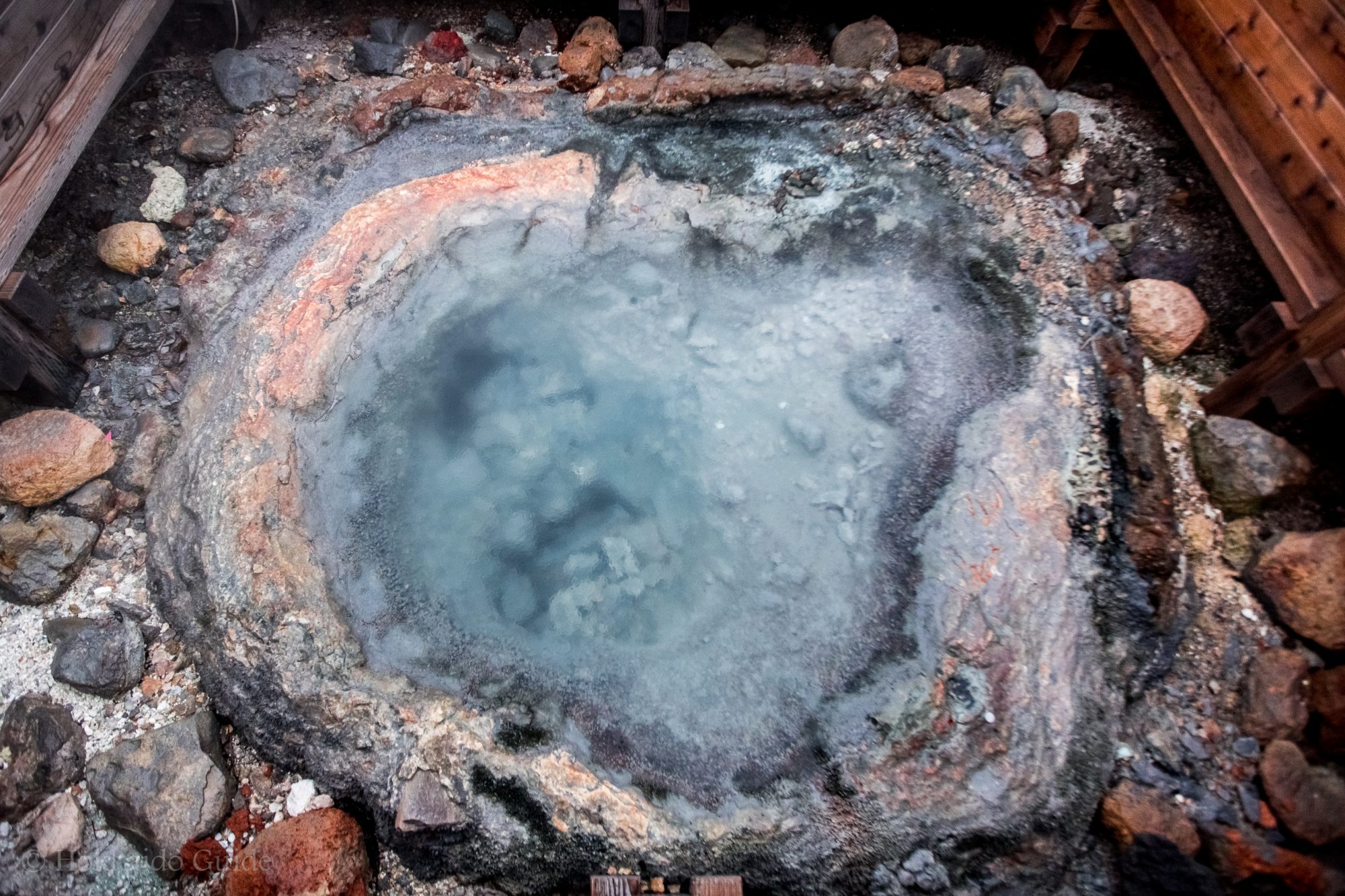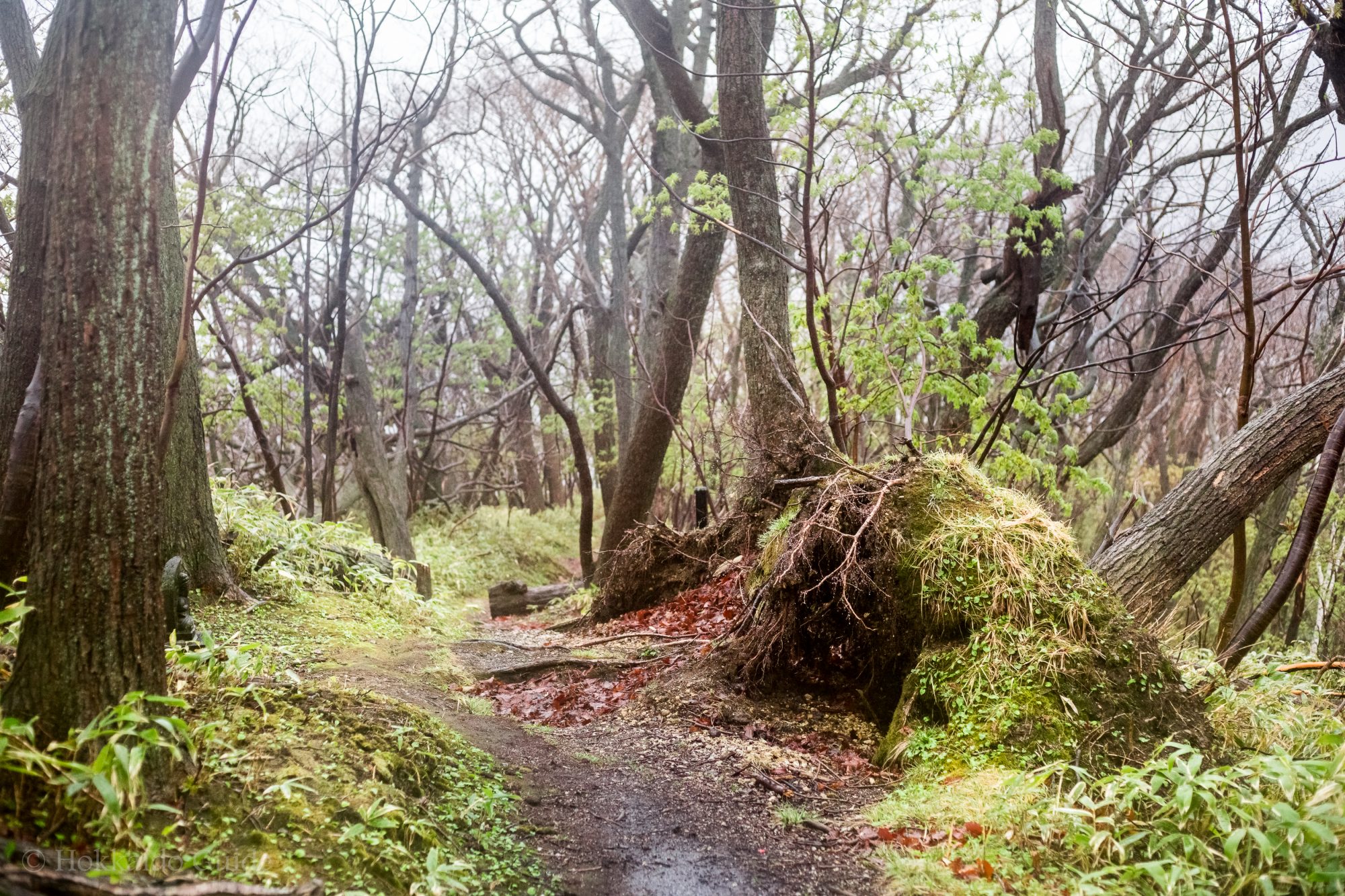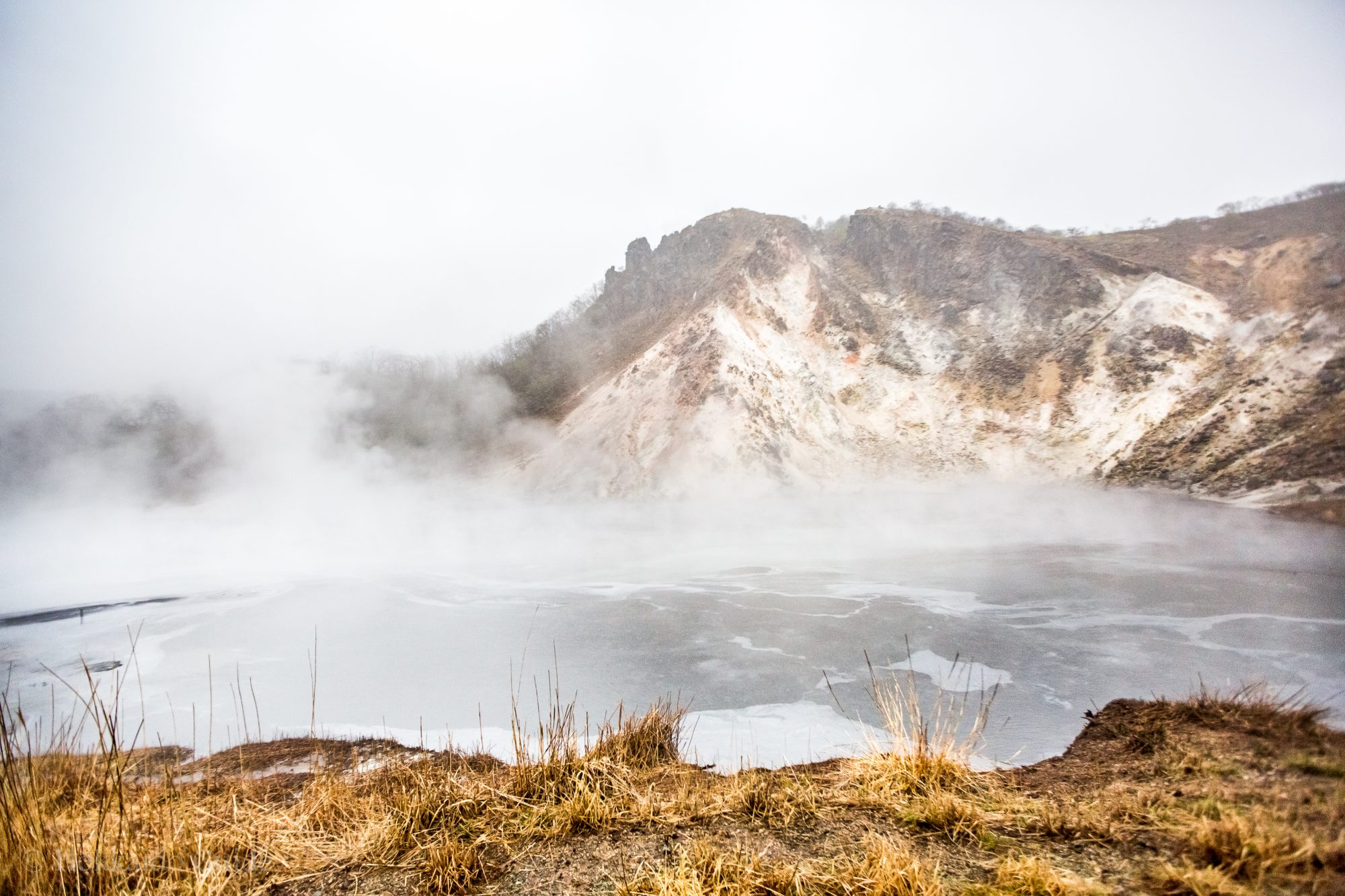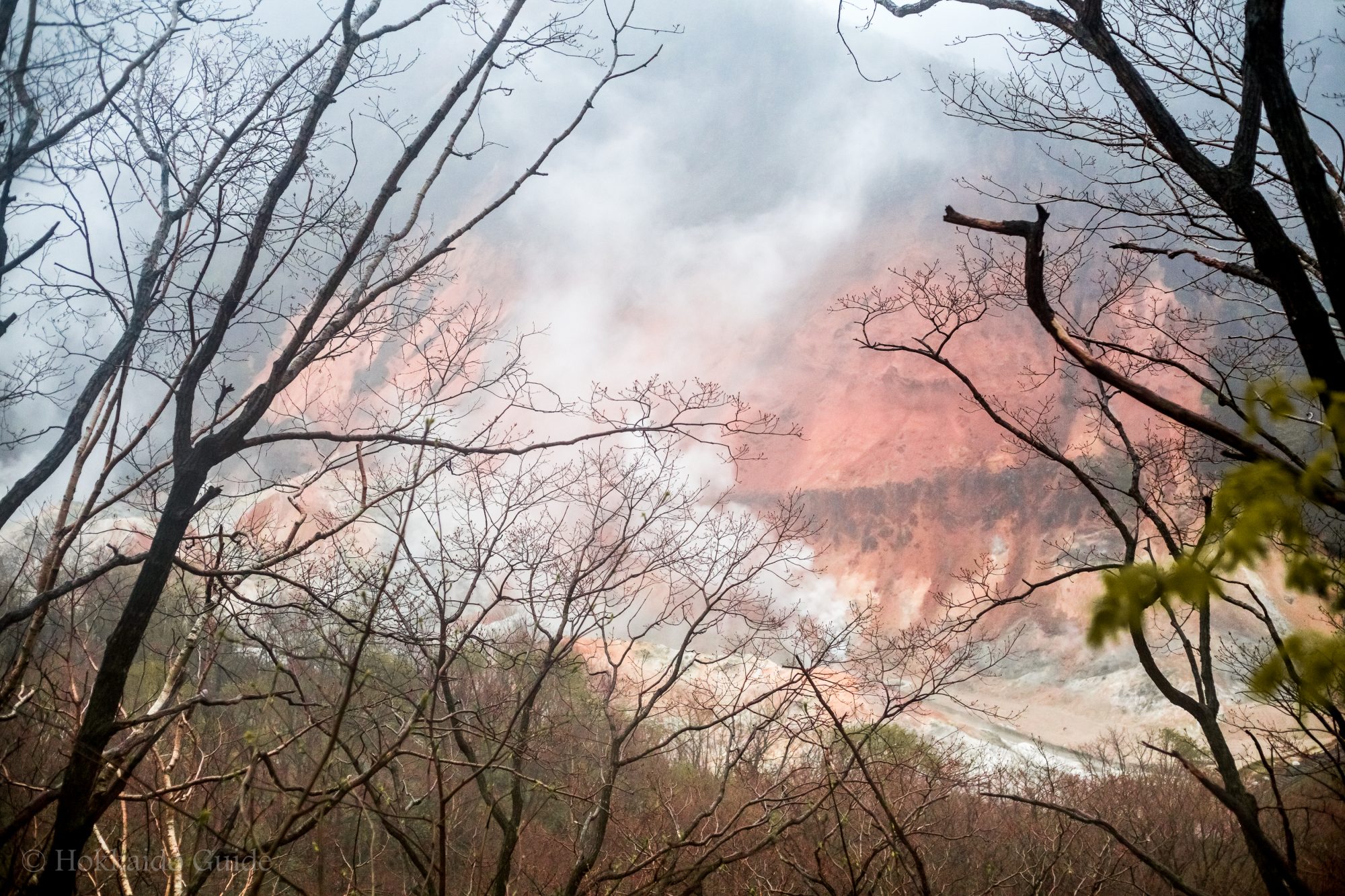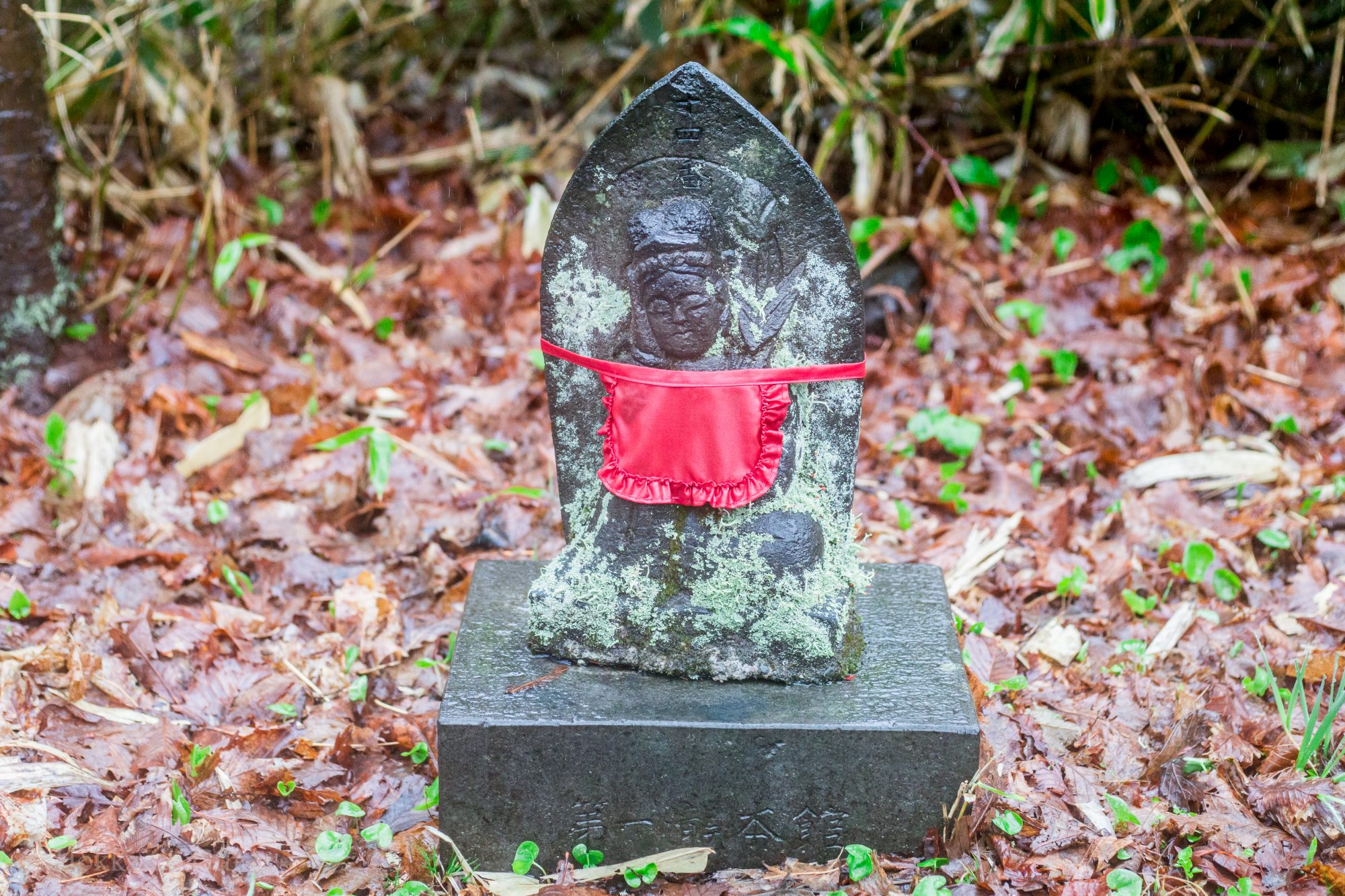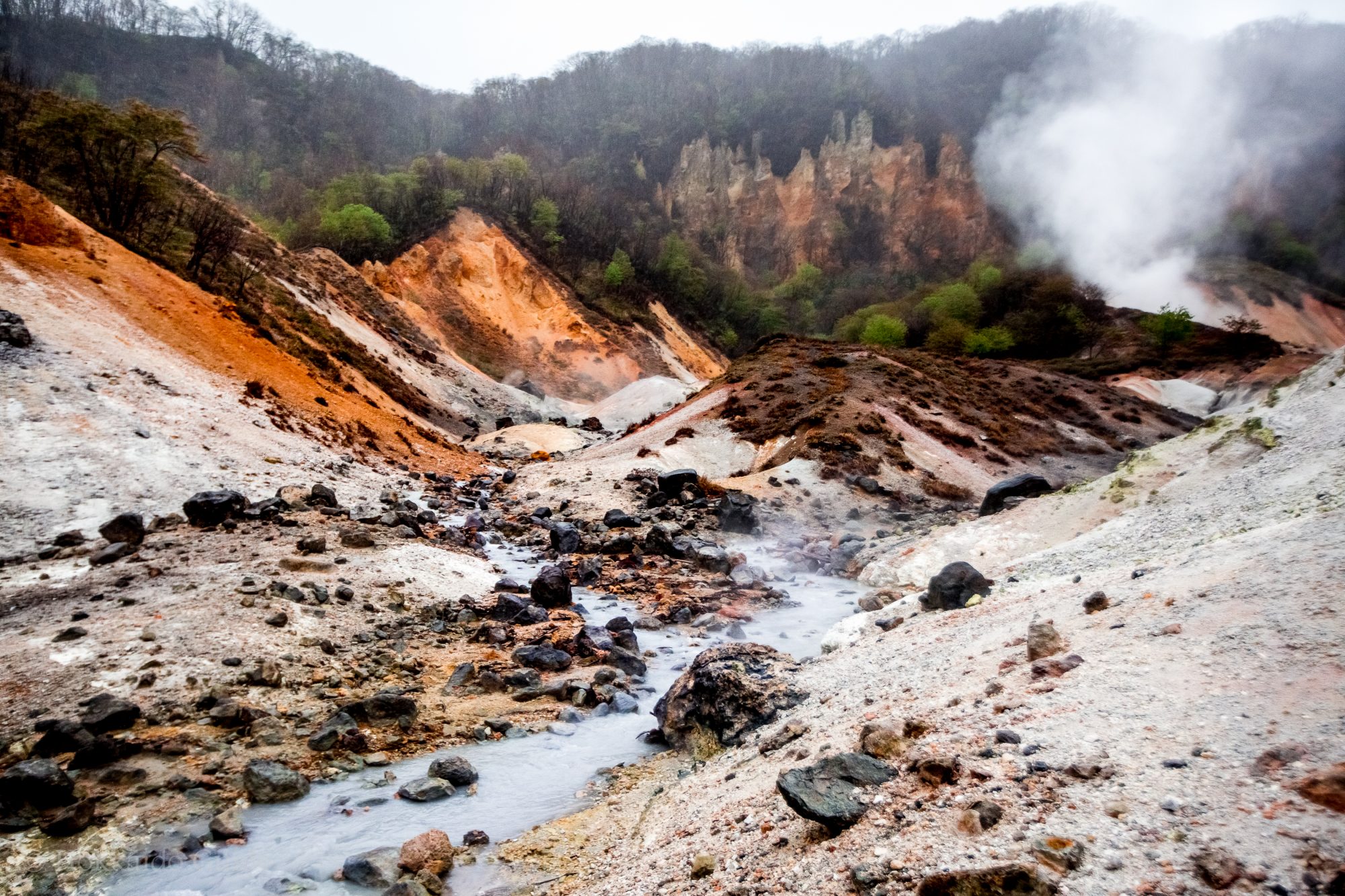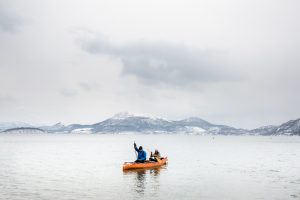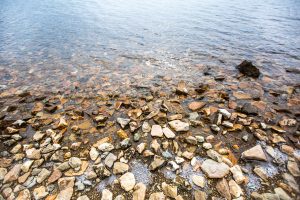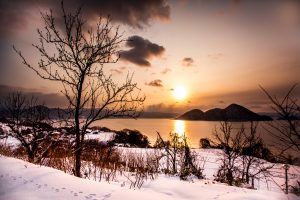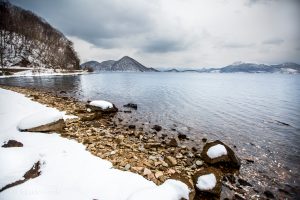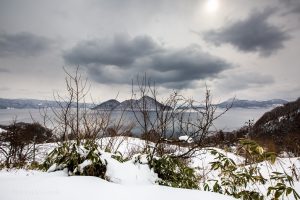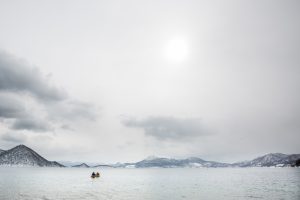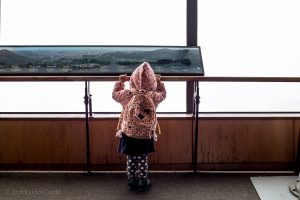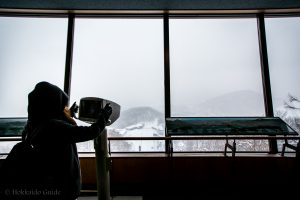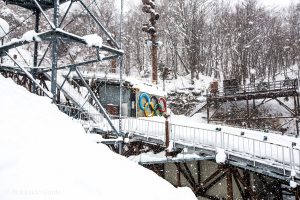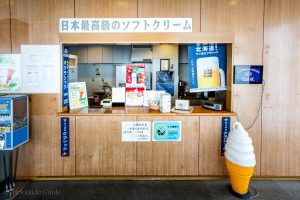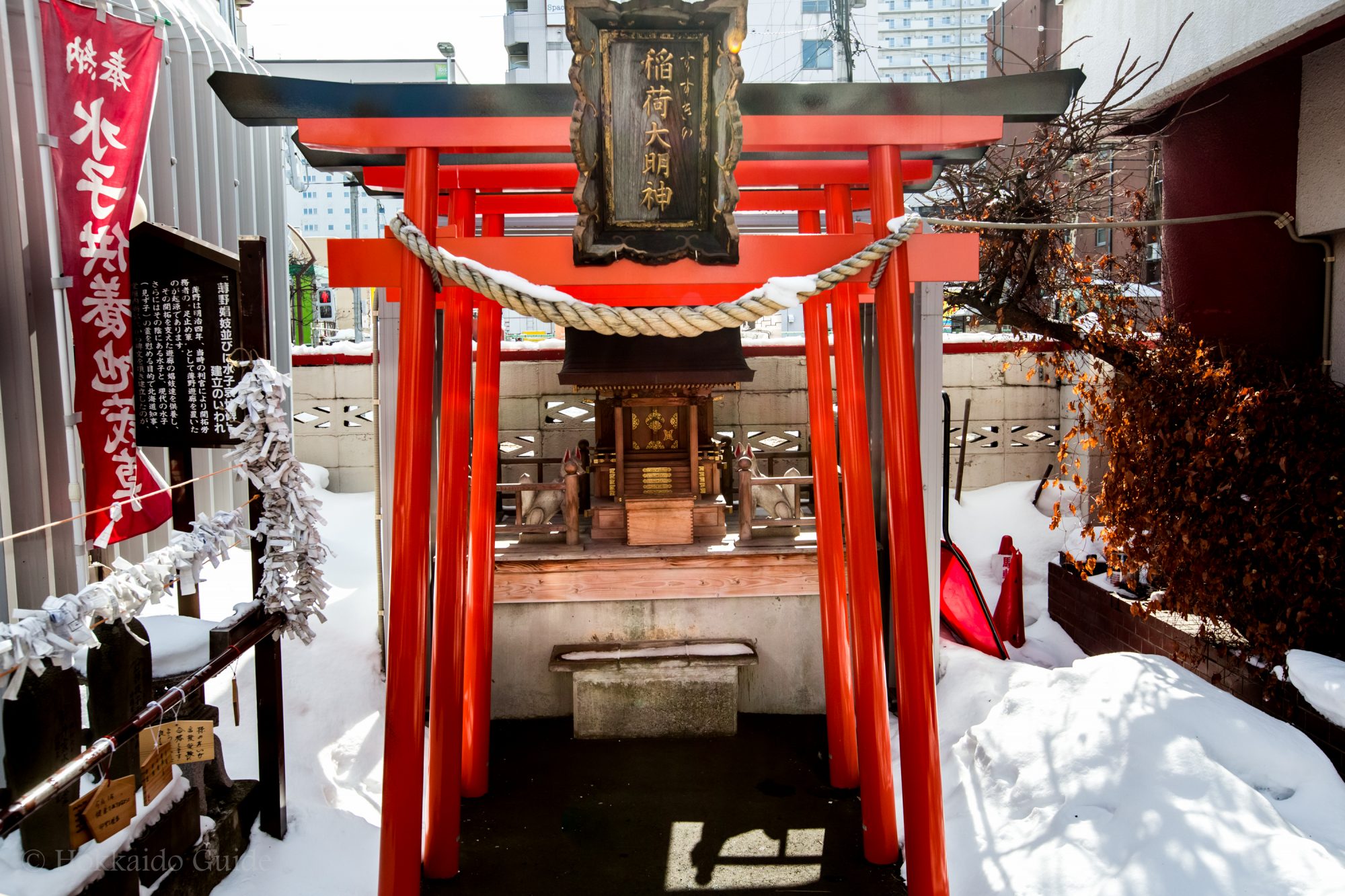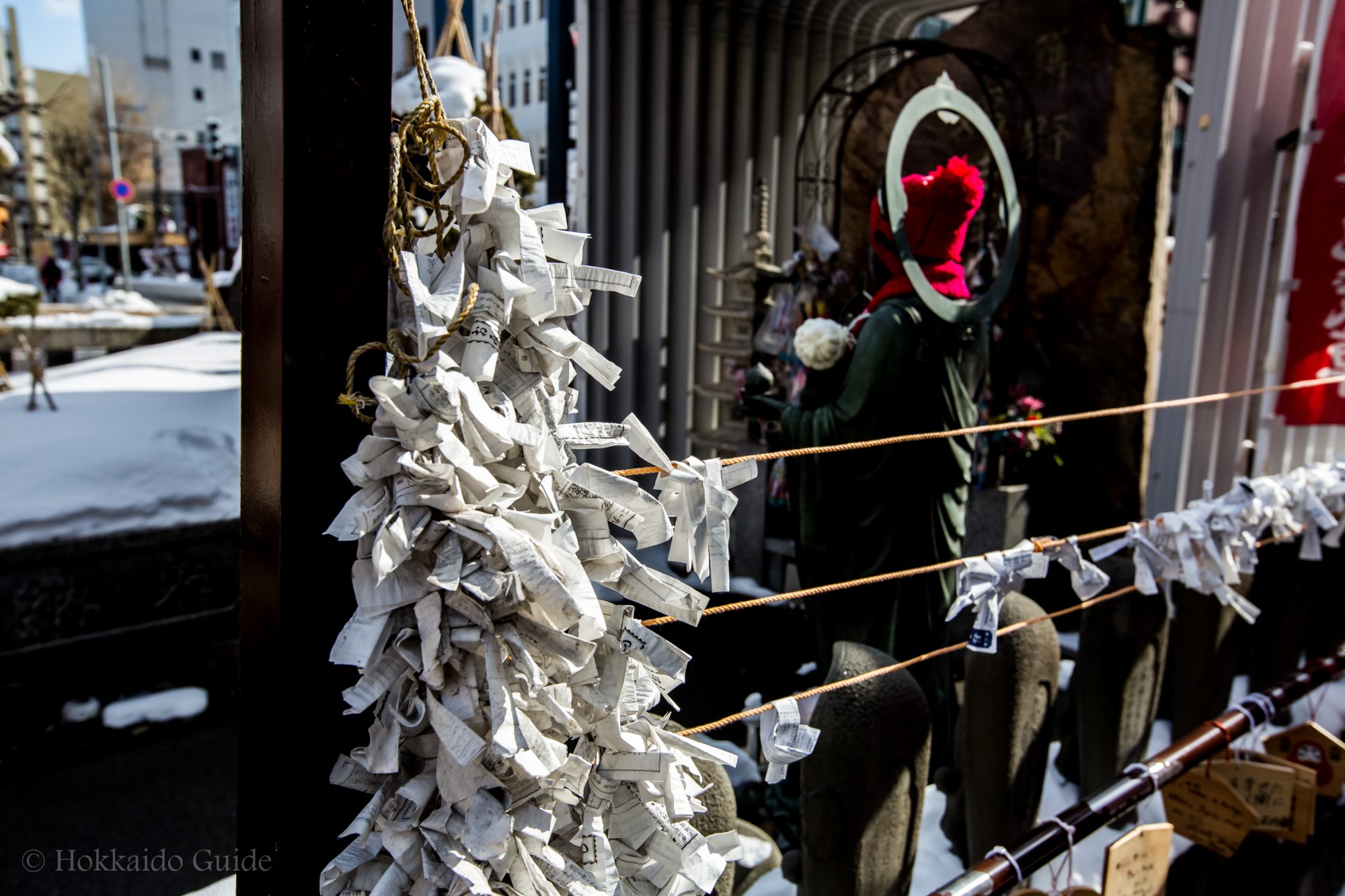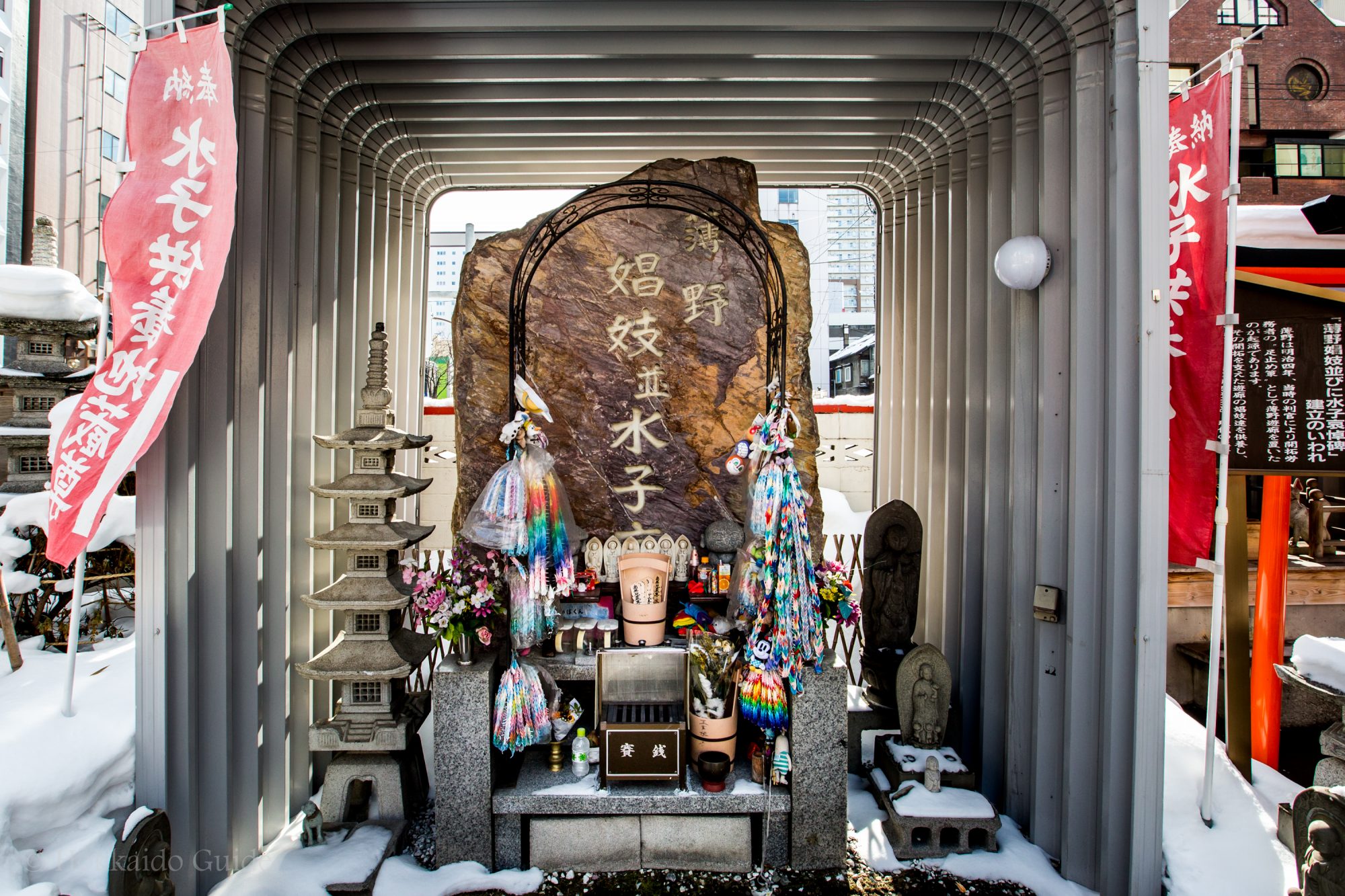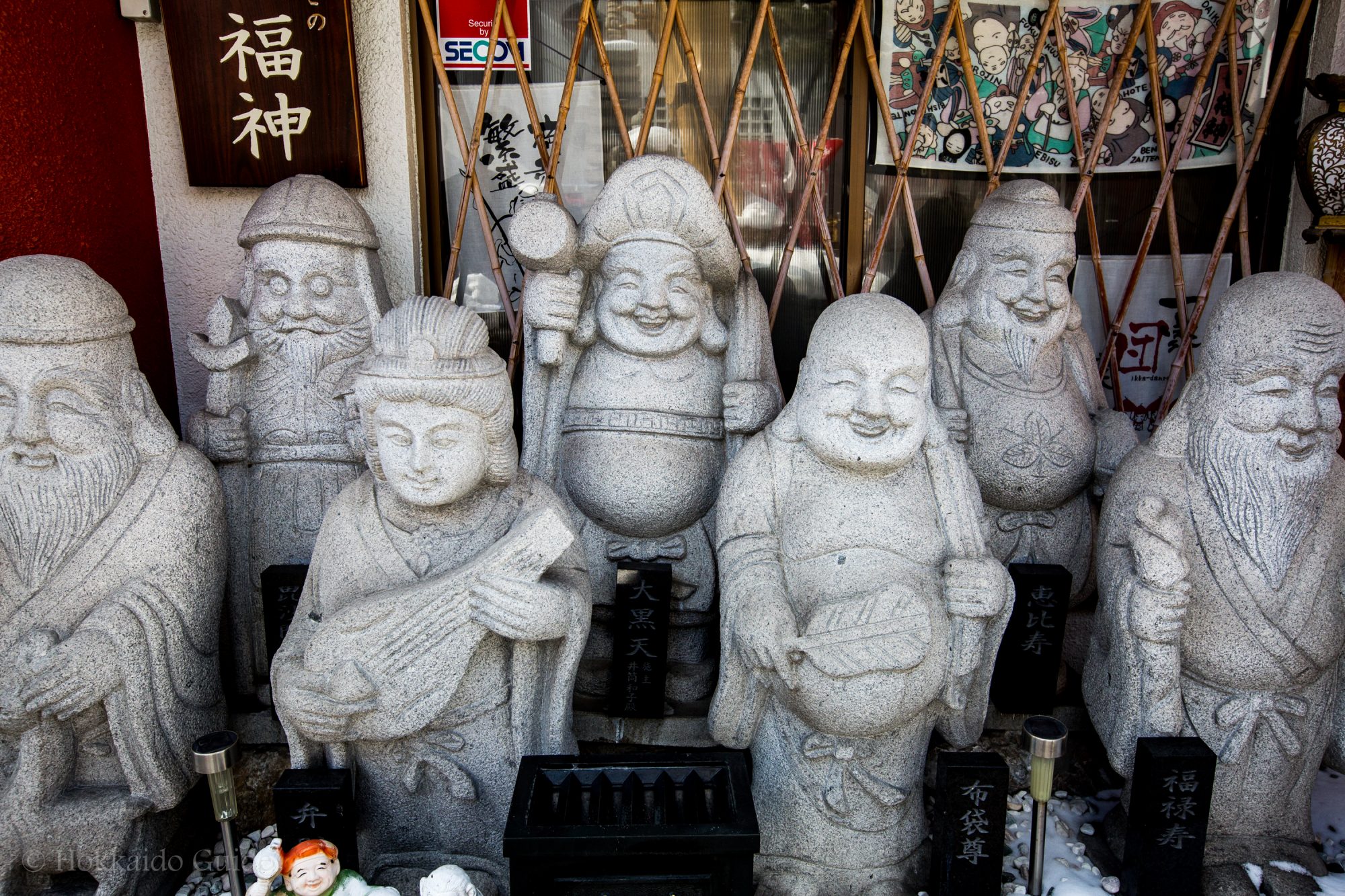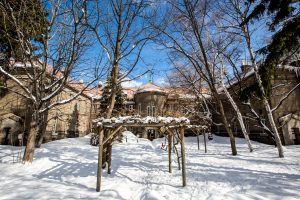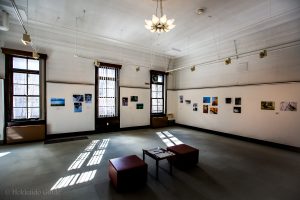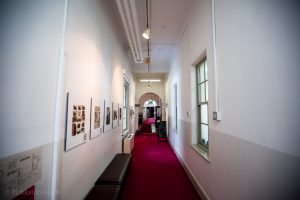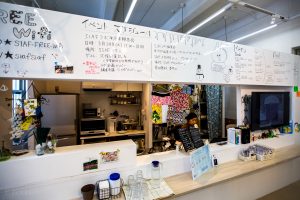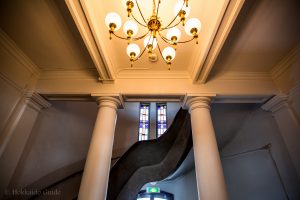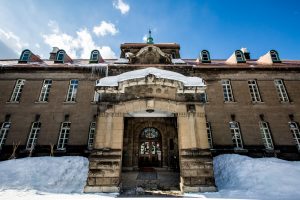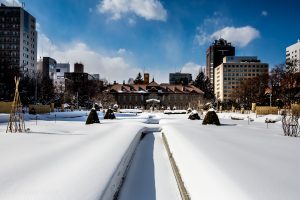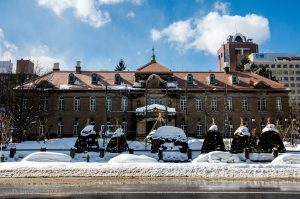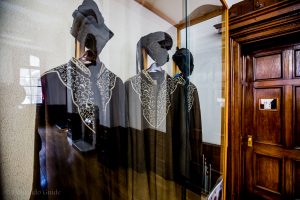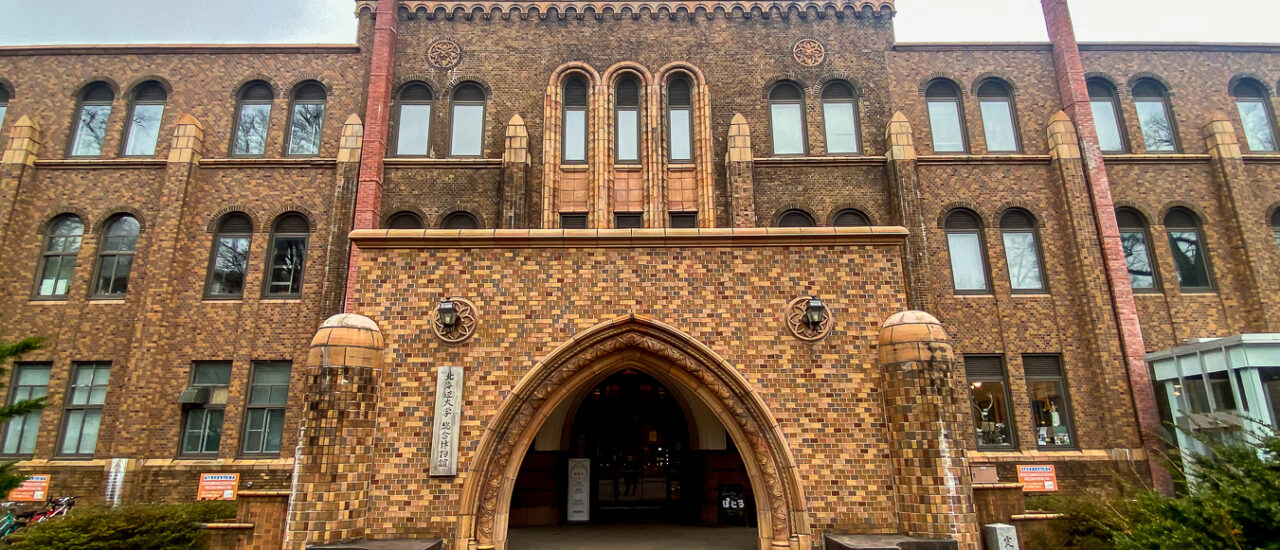
Category: Sightseeing

Sapporo Gokoku Shrine

| Admission | Free |
| Opening Hours | - |
| Closed | - |
| Contact | 011-511-5917 |
| Notes | Buddhist temple |
| Location / Getting There | 5 minute walk from Nakajima station Hokkaido, Sapporo-shi, Chūō-ku, Minami 7 Jōnishi, 4 Chome−1−1 |
Immersed in history
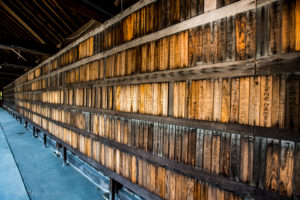
[the_ad id=”4264″]
Gokoku shrine during spring
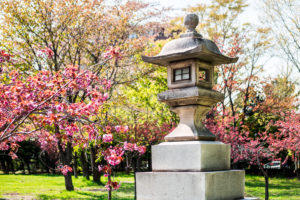
| January 1st | New Year Day's festival from 7:00. From 10:00 prayers and blessings for cars are offered. Call for reservation |
| Febrauary 3rd | Setsubun Festival (bean throwing at spirits) from 15:00 |
| June first Saturday | Shinkuen Festival from 10:00 - 15:00 |
| July 5th | Concert Festival from 18:00. For members. |
| July 6th & 7th | Great Festival |
| August 7th & 8th | Taga Shrine Festival |
| October 15th | Shicho-go-san Festival |
| December 31st | Night Festival |

Jigokudani (Hell Valley)
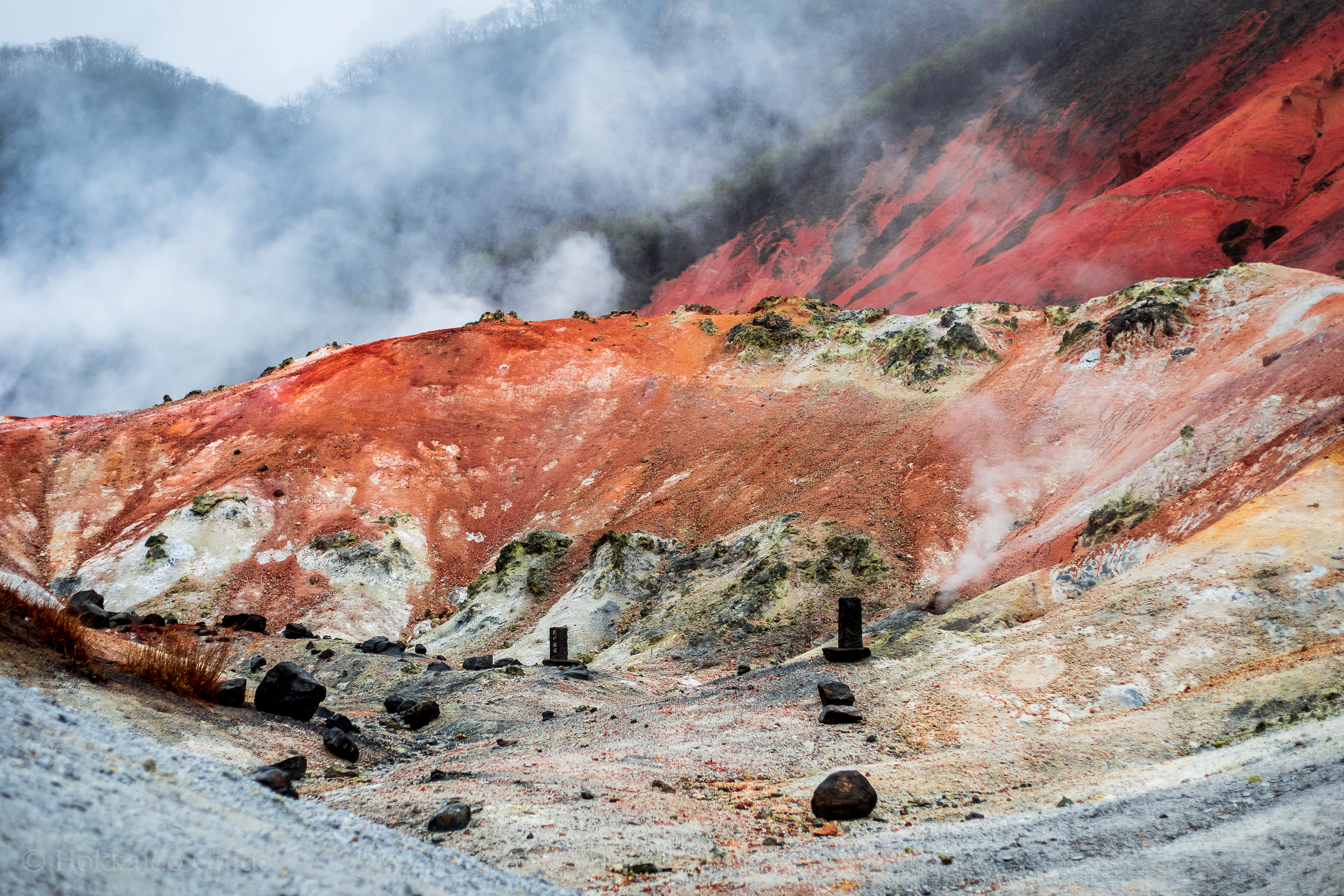
| Admission 入場料 | Free ※Parking 500yen/day 無料 ※駐車場1日500円 |
| Opening Hours 営業時間 | - |
| Closed 定休日・休業期間 | - |
| Contact 問い合わせ | 0143-84-3311 |
| Notes 備考 | Numerous onsens in area Walking paths 温泉街 遊歩道あり |
| Location / Getting There 所在地・アクセス | 〒 059-0551 Hokkaido, Noboribetsu Onsen Town 〒059-0551 北海道登別市登別温泉町 |
Main walkway into the center
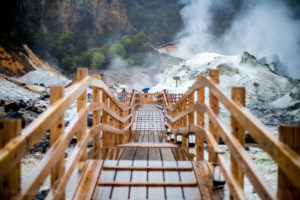
[the_ad id=”4264″]
Okunoyu
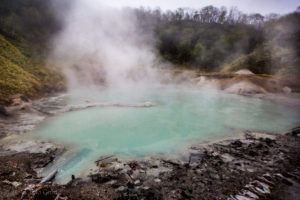
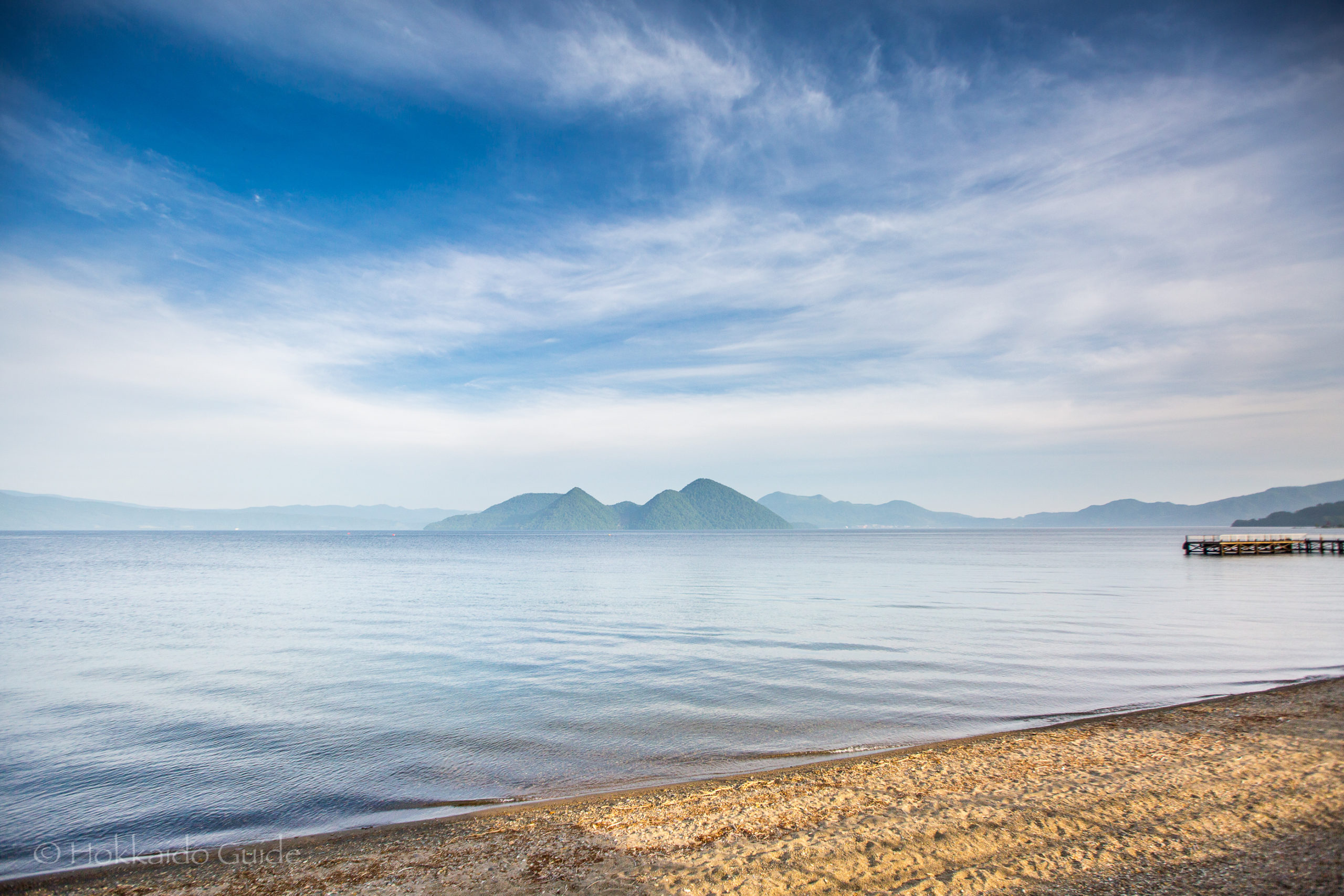
Lake Toya
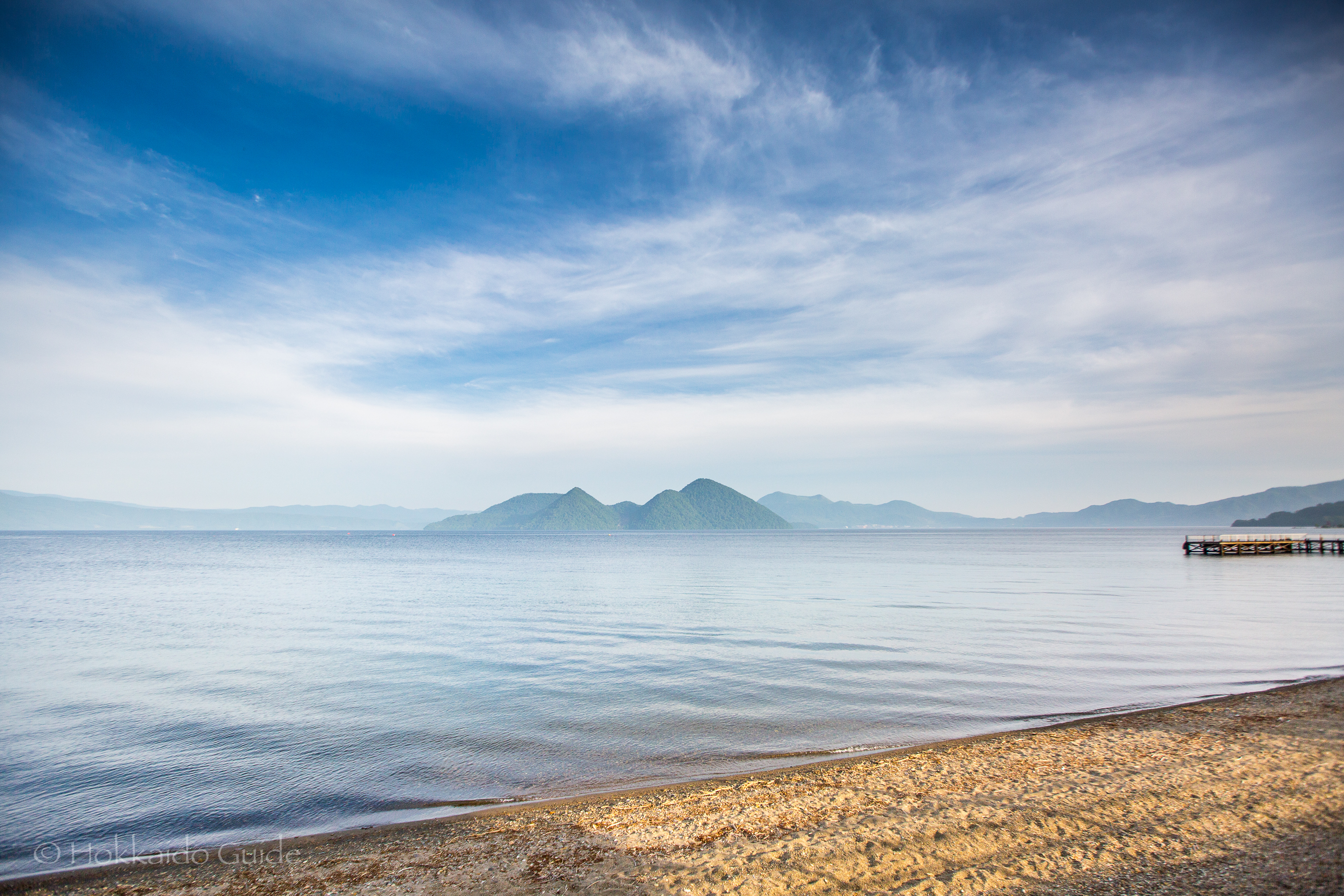
| Things to see | Mt. Usu Toyako Onsen Toyako Visitor Center Tōya Lake Forest Museum |
| Notes | Walking trails, Onsens, National park, Camping grounds |
| Getting There | Take JR train from Sapporo station bound for Hakodate. Get off at Toya station (70 min) ¥4500 Take bus from Toya station to Toyako Onsen bus terminal (15 min) ¥330 |
 Lake Tōya is a volcanic caldera lake in the Shikotsu-Toya National Park. With a maximum depth of 180 metres, this lake is 10 kilometers in diameter from east to west and 9 kilometers, north to south. The lake’s biggest town, Tōyako is located on its western shore. The town Sōbetsu is located on the other side of the lake. The stratovolcano, Mt Usu, lies on the southern edge of the lake. This lake is beautiful all year round, and is one of the northern most lakes that never ices over.
Lake Tōya is a volcanic caldera lake in the Shikotsu-Toya National Park. With a maximum depth of 180 metres, this lake is 10 kilometers in diameter from east to west and 9 kilometers, north to south. The lake’s biggest town, Tōyako is located on its western shore. The town Sōbetsu is located on the other side of the lake. The stratovolcano, Mt Usu, lies on the southern edge of the lake. This lake is beautiful all year round, and is one of the northern most lakes that never ices over.
[the_ad id=”4264″]
A beautiful winter dawn
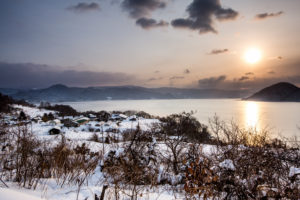
After a days activities, you can sit in the soothing hot water of the numerous onsens in which to relax with gorgeous views of the lake. And finally, in the middle of the lake, there is Nakajima Island. Nakajima island is home to wild deer and it also houses houses the Tōya Lake Forest Museum.
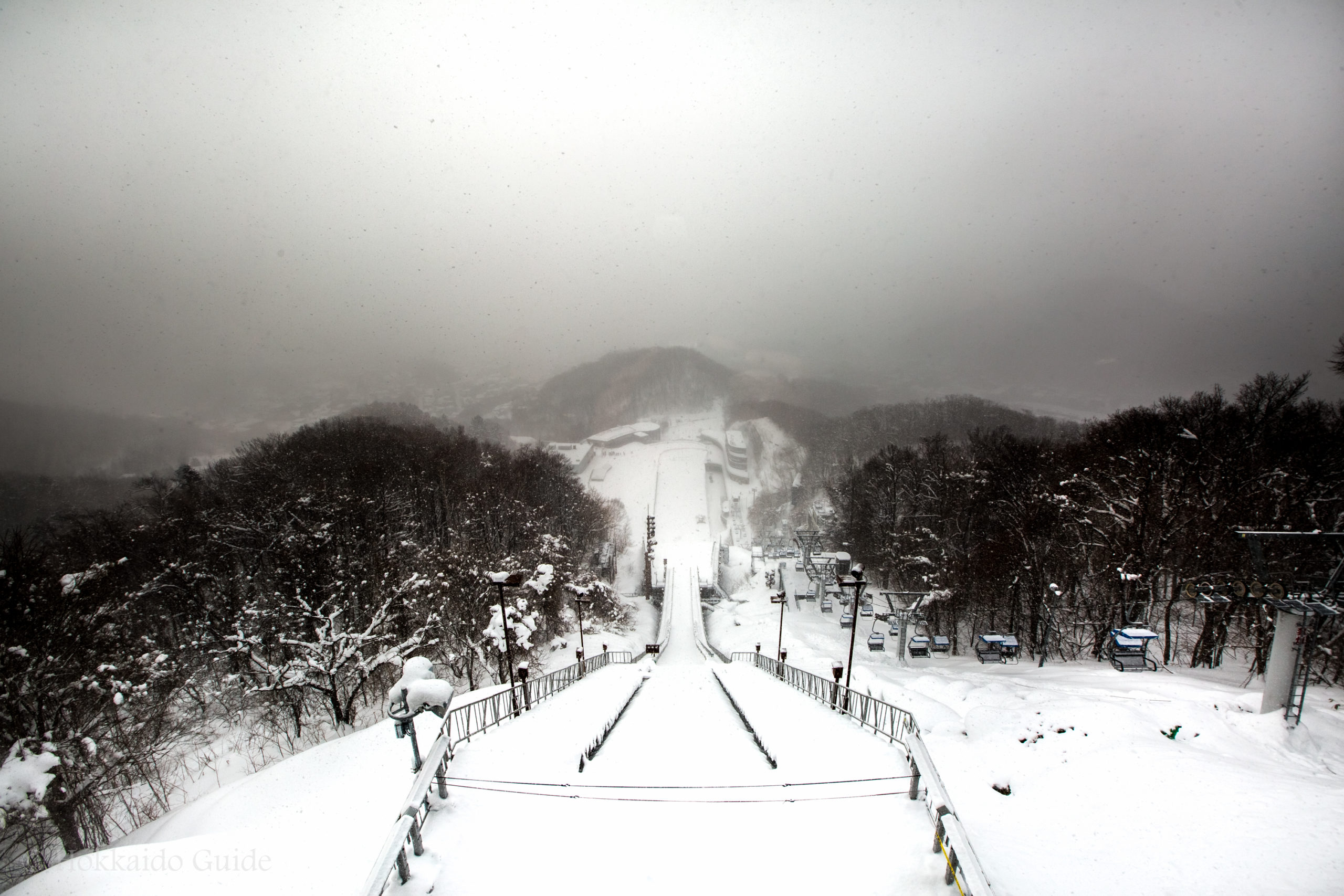
Okurayama Ski Jump
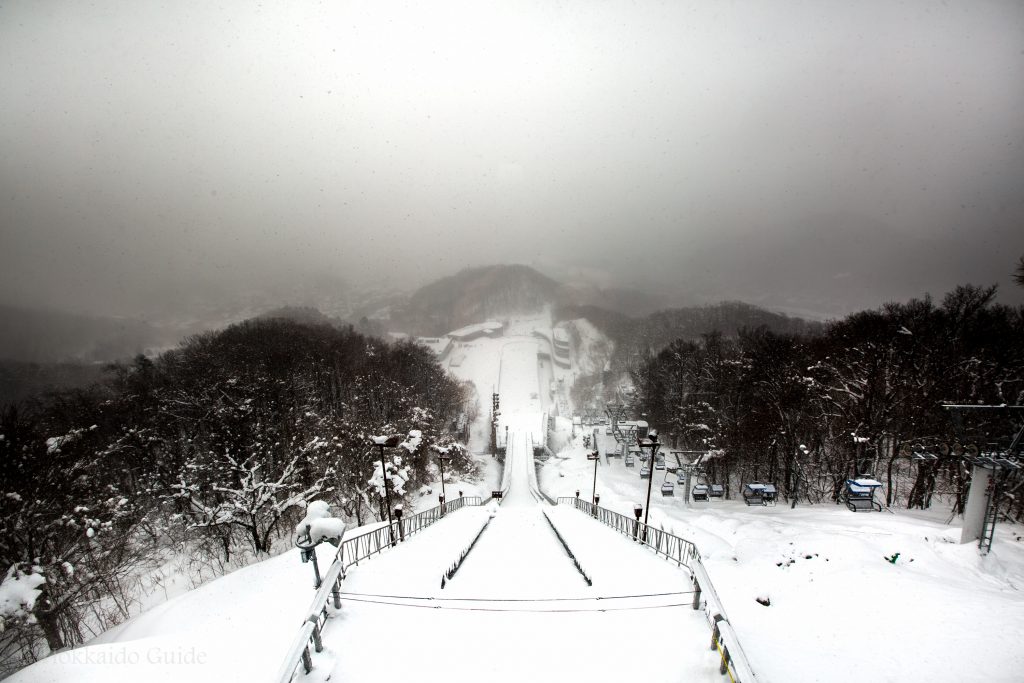
| Admission | Ski lift to top ¥500 adults ¥300 children |
| Opening Hours | 8:30 - 18:00 |
| Closed | - |
| Contact | 011-641-8585 |
| Notes | |
| Location / Getting There | 20 minute bus ride from Sapporo station (JR bus [circle 14] Arai Yamasen) 45 minute walk from Maruyama subway station Hokkaidō, Sapporo-shi, Chūō-ku, Miyanomori, 1274 |
Ski lifts to the look out. Rug up!
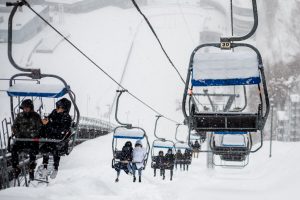
[the_ad id=”4264″]
Inside the observation deck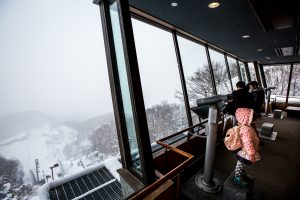
Escalators to the ski jump entrance
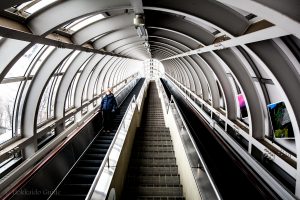

Tama Temple & Toyokawa Inari shrine
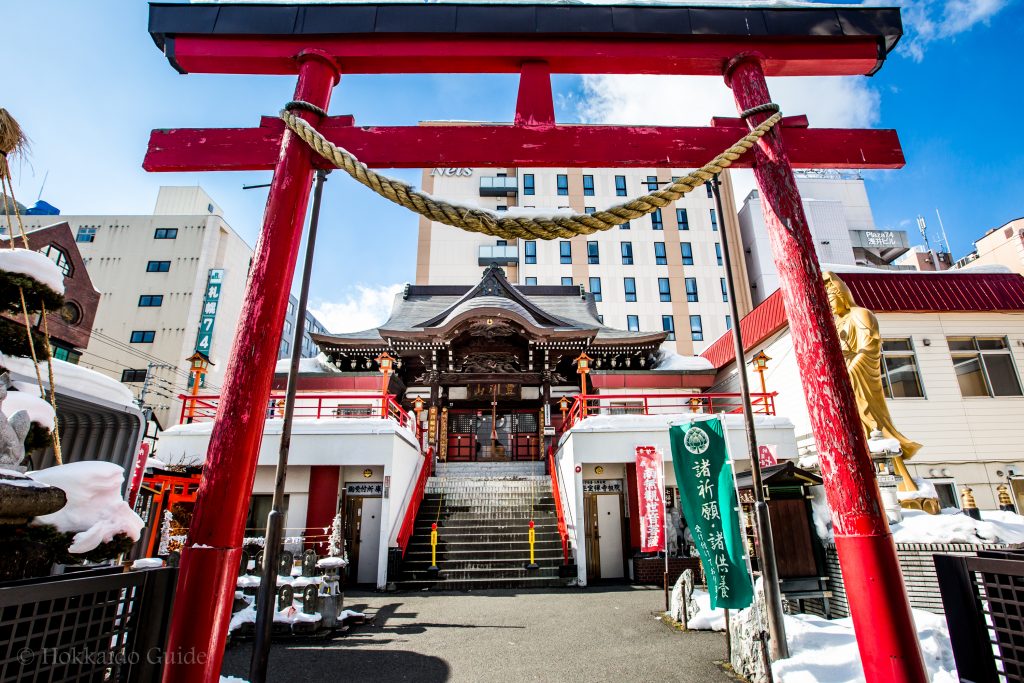
| Admission | Free |
| Opening Hours | - |
| Closed | - |
| Contact | 011-511-5917 |
| Notes | Buddhist temple |
| Location / Getting There | 5 minute walk from Nakajima station Hokkaido, Sapporo-shi, Chūō-ku, Minami 7 Jōnishi, 4 Chome−1−1 |
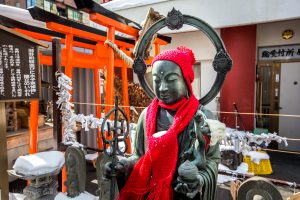 Tama Temple and Toyokawa Inari shrine were founded in 1891 and are located in the Susukino district of Sapporo. The temple is made of wood and reinforced concrete and is a nice small temple to visit. With the shrine right by, and in a convenient location, its a good spot to take some photos of not only the shrine, bu the many small statues around the temple. The Toyokawa Inari shrine is believed to have been built as a guardian company of Tamaji.
Tama Temple and Toyokawa Inari shrine were founded in 1891 and are located in the Susukino district of Sapporo. The temple is made of wood and reinforced concrete and is a nice small temple to visit. With the shrine right by, and in a convenient location, its a good spot to take some photos of not only the shrine, bu the many small statues around the temple. The Toyokawa Inari shrine is believed to have been built as a guardian company of Tamaji.
[the_ad id=’4264′]
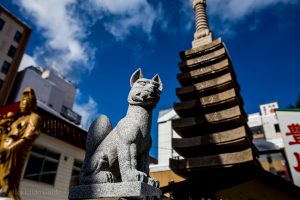 The shrine is said to have “watched Suzukino’s emotions and sorrows for years, and witnessed its prosperity”. The “gate pillar” has inscriptions of certain geisha during this time. A small garden was maintained in the precincts of the Inari shrine, and upon entering the area on the left you can see the ‘Mizuko Mourning Monument’. This shrine seems to have a sad past concerning children lost at birth. Tama Temple is one of the few remnants of the old days during the period of the shogun of Hokkaido.
The shrine is said to have “watched Suzukino’s emotions and sorrows for years, and witnessed its prosperity”. The “gate pillar” has inscriptions of certain geisha during this time. A small garden was maintained in the precincts of the Inari shrine, and upon entering the area on the left you can see the ‘Mizuko Mourning Monument’. This shrine seems to have a sad past concerning children lost at birth. Tama Temple is one of the few remnants of the old days during the period of the shogun of Hokkaido.
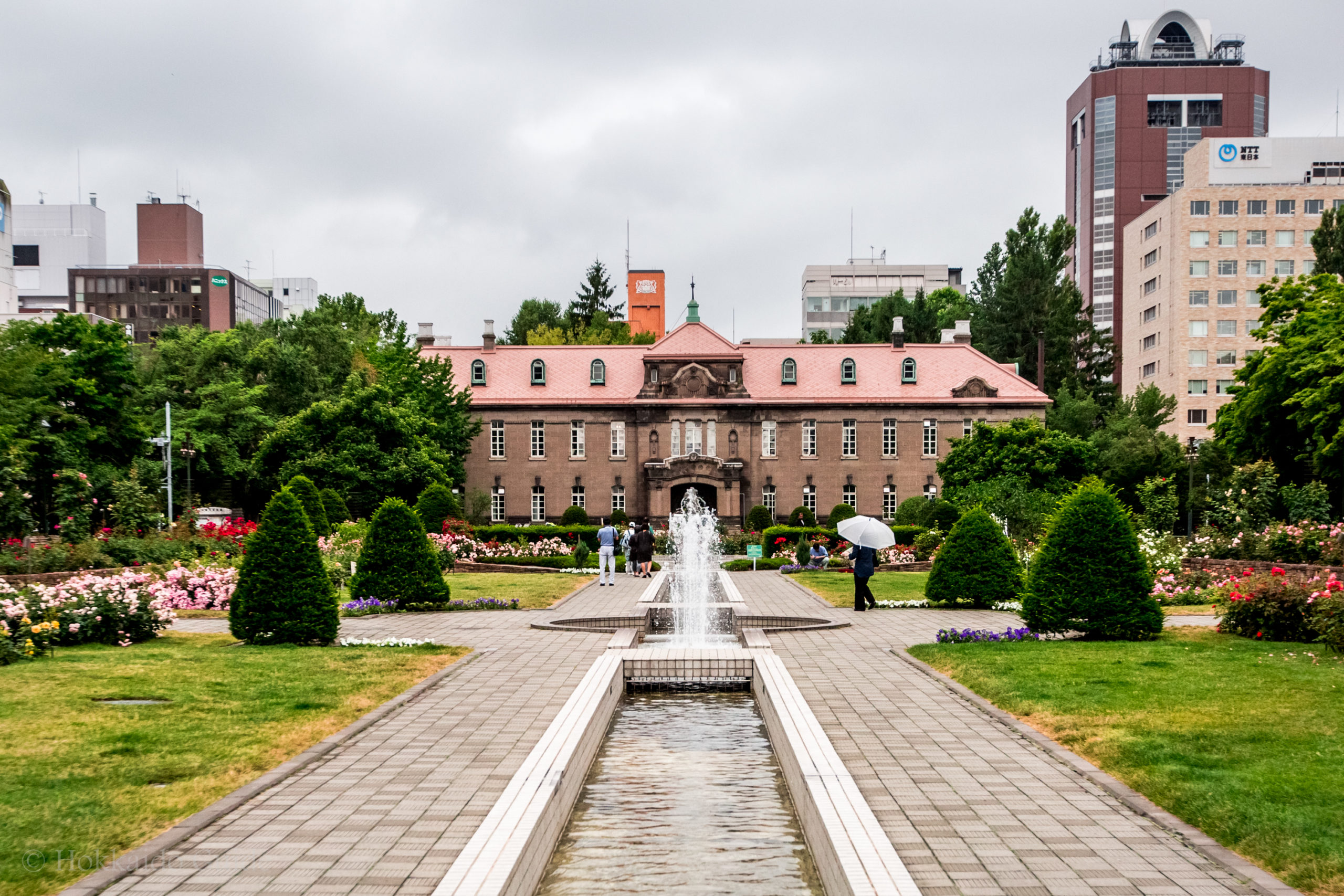
Shiryokan – Sapporo City Museum

| Admission | Free |
| Opening Hours | 9:00 - 19:00 |
| Closed | Mondays December 29 - January 3 |
| Contact | 011-251-0731 |
| Notes | Wheelchair access Location of bike rental |
| Location / Getting There | 10 minute walk from Odori station 13-chome Otanishi, Chuo-ku, Sapporo-shi |
Open during year round
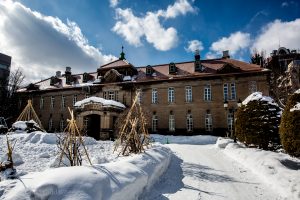
[the_ad id=”4264″]
Court room

Gallery
